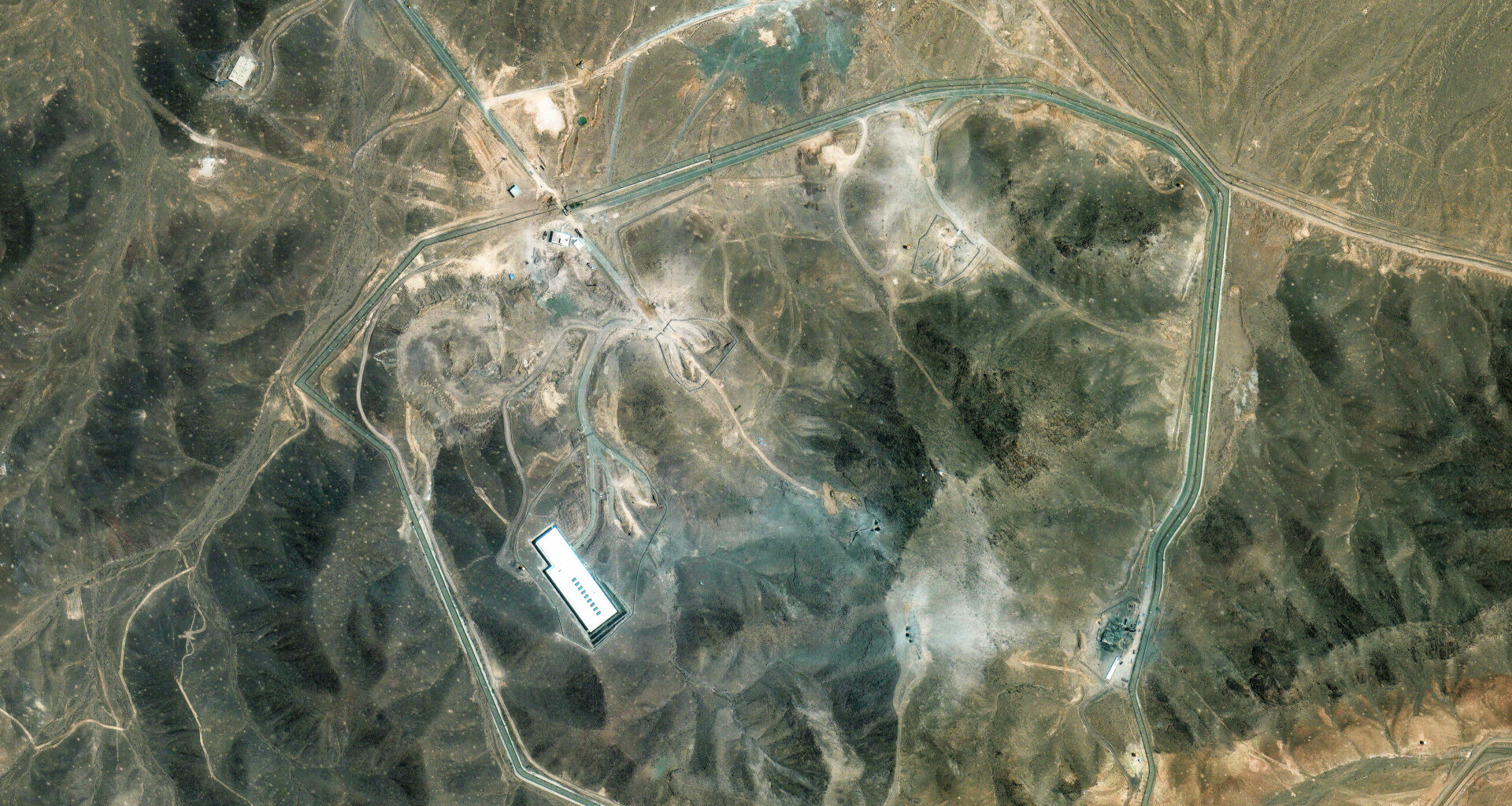New satellite imagery captured on Friday shows intensified construction and excavation activity at Iran’s Fordow nuclear facility, days after U.S. B-2 stealth bombers dropped Massive Ordnance Penetrators (MOPs) on the underground site.
The latest images, captured by Maxar Technologies, reveal heavy machinery still in place, additional earthwork and signs that tunnel entrances may have been deliberately sealed off before the strikes.
The Fordow site, buried inside a mountain 60 miles south of Tehran, was among three Iranian nuclear sites targeted during Operation Midnight Hammer, launched overnight on June 21–22. Based on the pictures, the facility now shows signs of “fresh earth movement,” including new access roads and clusters of crater zones, particularly near key tunnel entrances.
Why It Matters
While initial U.S. assessments described the bombing damage as “extremely severe,” the updated satellite photos suggest Iran may have acted preemptively to secure sensitive components. Iranian state media reported that nuclear sites had been evacuated and that enriched uranium was moved “to a safe location” ahead of the strikes.
International observers have expressed concern about Iran’s production of highly enriched uranium at Fordow, though it remains unclear how much remained at the site during the bombing. Analysts say sealing the tunnels with dirt could have shielded underground assets or served to limit post-strike assessments.
What To Know
In the new imagery, earth-moving equipment can be seen operating near the northern tunnel complex. Bulldozers are repositioning dirt around one of the ridgeline craters, and newly formed access paths are visible.
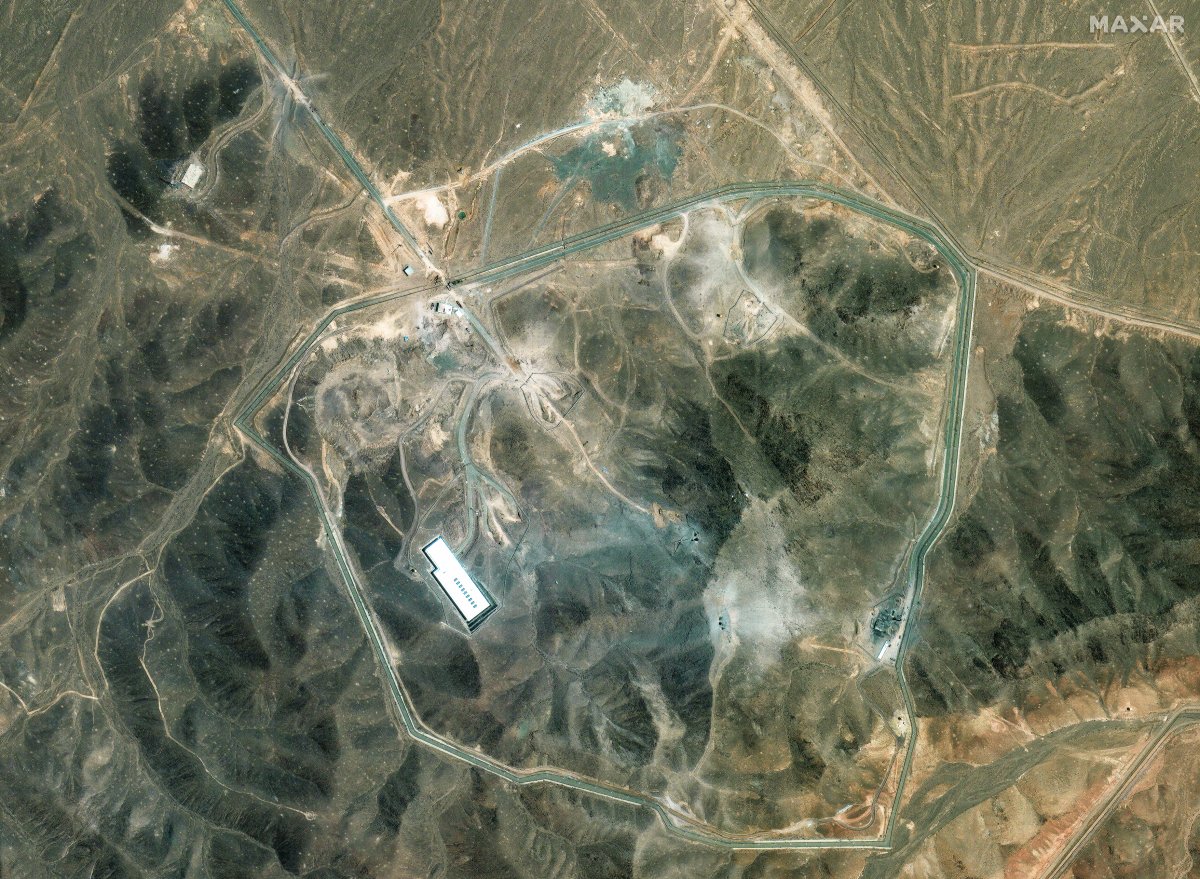
Wide view of Fordow enrichment complex showing recent excavation patterns and a trail of disturbed soil, indicating active recovery efforts.
Wide view of Fordow enrichment complex showing recent excavation patterns and a trail of disturbed soil, indicating active recovery efforts.
Maxar Technologies
Earlier imagery from June 19 and 20 shows multiple bulldozers and trucks positioned near the tunnel entrance. Observers now believe this was part of a coordinated effort to block or reinforce access points. The entrances appear filled with dirt, and ejecta from MOP impacts is visible in multiple locations.
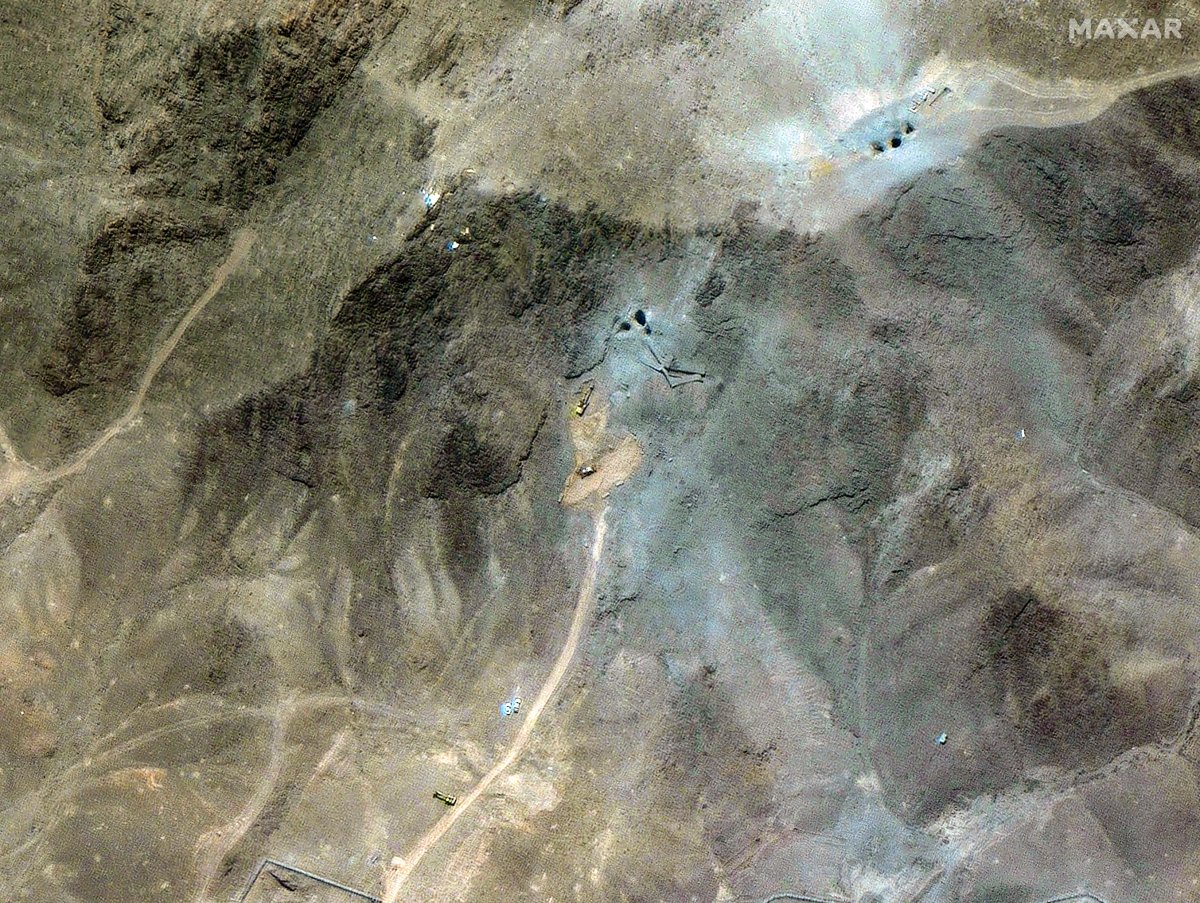
Close-up showing excavators near the northern entrances to Fordow’s underground complex.
Close-up showing excavators near the northern entrances to Fordow’s underground complex.
Maxar Technologies
Secretary of State Marco Rubio said on NBC‘s Meet the Press that intelligence suggests “a lot of 60 percent enriched uranium” had been buried deep at Fordow but acknowledged uncertainty. “We have to assume” it was still there, he said.
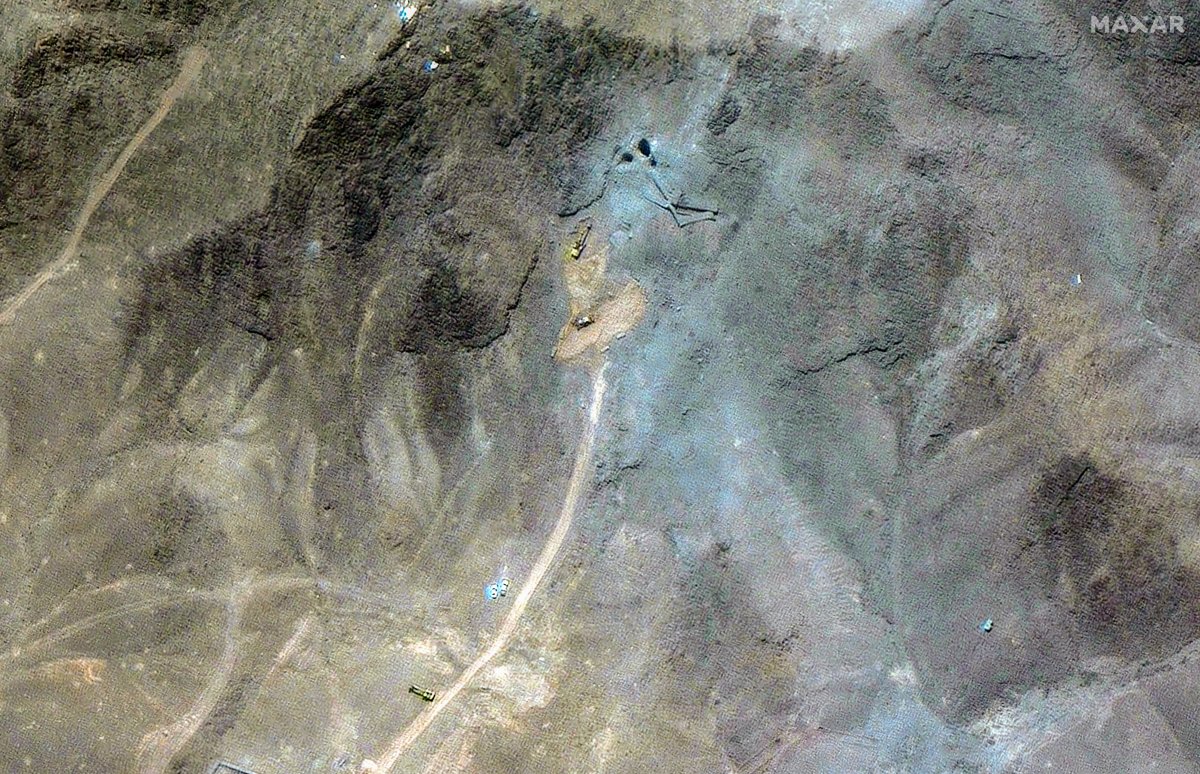
Annotated satellite view showing dirt-filled tunnel entrances at Fordow, likely sealed before Operation Midnight Hammer.
Annotated satellite view showing dirt-filled tunnel entrances at Fordow, likely sealed before Operation Midnight Hammer.
Maxar Technologies
Meanwhile, the Pentagon continues to evaluate the mission’s effectiveness. “Our initial assessment is that all of our precision munitions struck where we wanted them to strike and had the desired effect,” said Secretary of Defense Pete Hegseth. “Especially in Fordow, which was the primary target here, we believe we achieved destruction of capabilities there.”
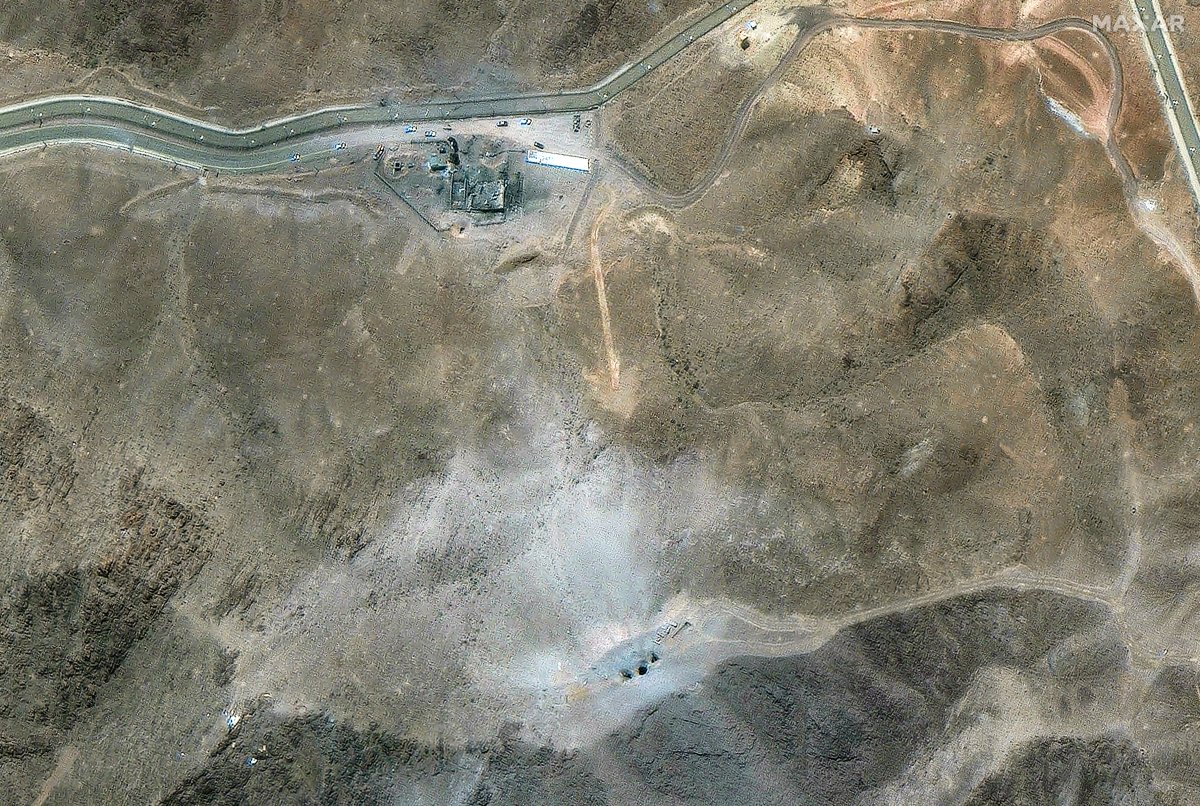
New access roads and bulldozers are visible near crater zones left by U.S. MOP strikes.
New access roads and bulldozers are visible near crater zones left by U.S. MOP strikes.
Maxar Technologies
As for the long-term status of Fordow’s centrifuges, the IAEA said this week it believes they are “no longer operational,” though experts say only on-site inspections or additional intelligence will reveal the true extent of the damage. For now, new imagery shows Iran actively working to either conceal or rehabilitate the site.
What Happens Next
Although President Trump has announced a ceasefire that has held through the week, Iranian state media and lawmakers have indicated that retaliation is still possible.
